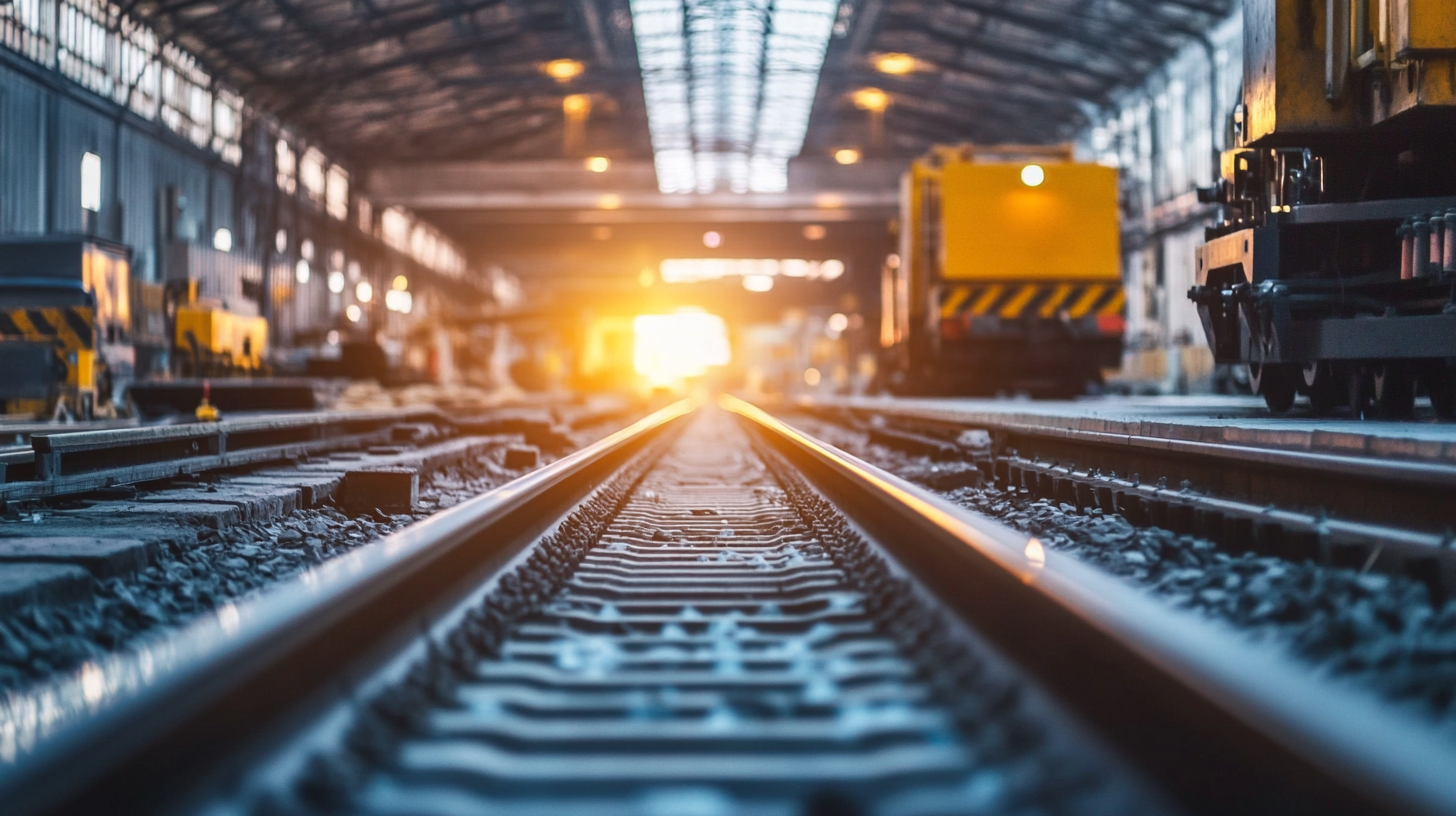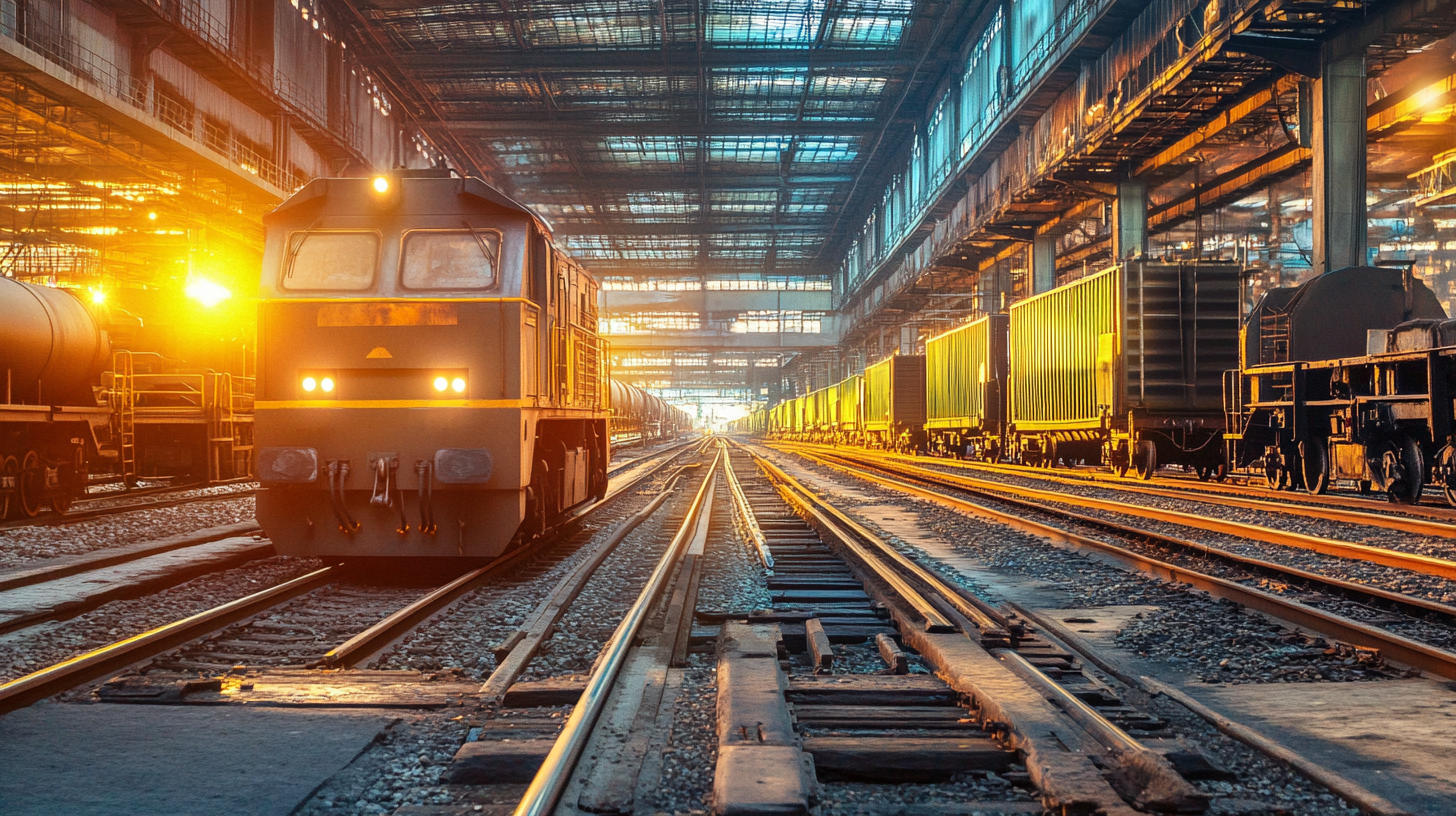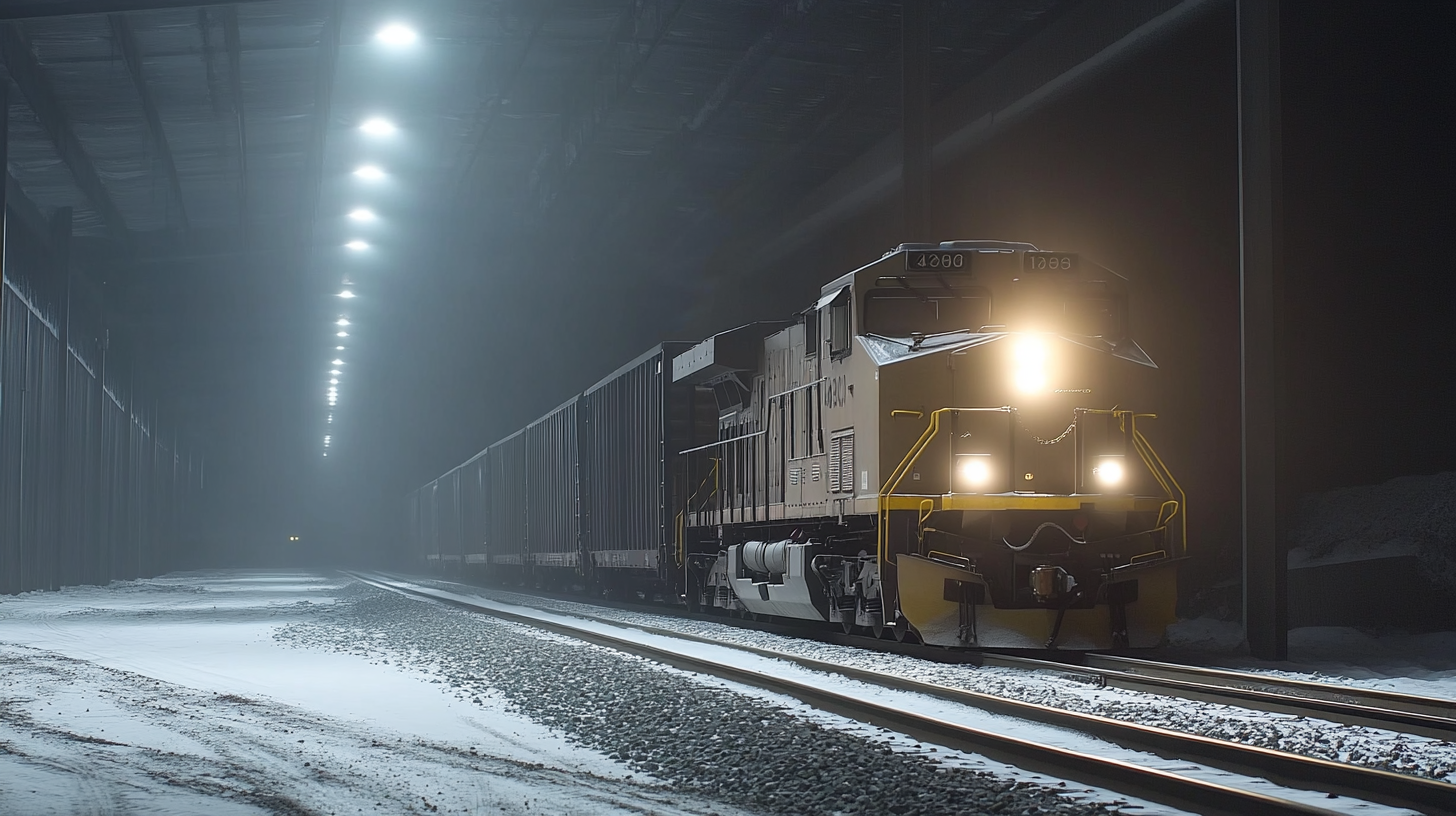Understanding the Benefits of Using Rail Light in Industrial Applications
Nothing speaks louder than the importance of good lighting in keeping with the changes of industrial applications. Rail light technology offers a newer alternative increasingly being applied in many sectors. Rail lights are versatile moderate lights that provide some key advantages and enhance safety and productivity in an industrial set-up. From warehouses to manufacturing floors, these lights create custom lighting applications that can be fitted to the requirements of the various tasks and workspaces.
While industries work toward optimizing their operations and minimizing energy consumption, rail light systems provide an inexpensive and eco-friendly solution for old-fashioned lighting. Modular in nature, they can be easily installed into an existing set-up and can be repositioned to accommodate workflow changes with optimum lighting coverage. With an understanding of the benefits of using rail lights in industrial applications, companies can better maximize operational efficiency and thereby promote a safer and more productive work environment for their employees.

Advantages of Rail Light Systems for Enhanced Visibility in Industrial Settings
In industrial settings, visibility is paramount for safety and productivity. Rail light systems are increasingly recognized for their advantages in enhancing illumination across workplaces. According to a report from the National Institute for Occupational Safety and Health (NIOSH), well-lit environments can reduce accidents by up to 30%. Rail light systems, which can be installed along pathways and work zones, provide focused lighting that minimizes shadows and dark corners, improving overall safety conditions. One of the significant benefits of rail light systems is their flexibility. These systems can be adjusted to specific requirements of different industrial applications, whether it's in manufacturing, warehousing, or construction. According to a survey done by the American Industrial Lighting Association (AILA), 73% of industries that switched to rail lighting reported improvements in worker visibility, leading to a noticeable drop in reportable incidents. This flexibility not only enhances safety but also boosts productivity, allowing workers to perform tasks more efficiently in well-illuminated spaces. Moreover, advanced rail light technologies, such as LED options, have proven to be energy-efficient, which can lead to substantial cost savings. A study by the U.S. Department of Energy indicates that LED lighting can save up to 75% in energy costs compared to traditional lighting solutions. This energy efficiency, combined with the enhanced visibility of rail light systems, makes them a smart investment for industrial applications, supporting both operational efficiency and long-term sustainability goals.

Cost Efficiency: Reducing Energy Consumption with Rail Lighting Solutions
In recent years, the push for energy efficiency in industrial applications has brought rail lighting solutions to the forefront. By utilizing rail light systems, businesses can significantly reduce energy consumption, ultimately leading to lower operational costs. Rail lighting fixtures are designed to be versatile and efficient, providing targeted illumination while minimizing energy usage. This technological advance supports industries in meeting energy efficiency regulations, much like the efforts seen in municipal projects such as Johannesburg's energy efficiency initiative.
The City of Johannesburg has been actively assessing its energy and water consumption, particularly within its subway center buildings, to establish an effective baseline for energy use and waste management. By identifying areas for improvement, the city can implement targeted interventions to reduce municipal energy consumption. Similarly, industries adopting rail lighting can engage in a proactive approach to energy management, ensuring that they are not only compliant with regulations but also contributing to broader sustainability goals.
Furthermore, the collaboration between various sectors, as demonstrated by strategic partnerships aimed at technological innovation, plays a crucial role in enhancing energy efficiency. Rail lighting solutions represent an important step towards modernizing industrial environments while addressing production needs. As more companies embrace these innovative solutions, the cumulative impact on energy savings and operational costs could be substantial, shifting the landscape of how energy is consumed in industrial settings.

Improved Safety: Minimizing Workplace Hazards with Proper Lighting
In industrial settings, proper lighting is paramount for fostering a safe work environment. Rail light systems, designed specifically for these applications, play a critical role in improving visibility and reducing workplace hazards. According to the Occupational Safety and Health Administration (OSHA), optimal lighting can decrease accidents related to poor visibility by up to 60%. This statistic underscores the necessity of effective lighting solutions, such as rail lights, that provide focused illumination where it is needed most.
Moreover, research from the Illuminating Engineering Society (IES) states that inadequate lighting can contribute to cognitive fatigue and decreased productivity among workers. By implementing rail light systems, companies not only enhance their safety protocols but also boost overall efficiency. In areas where precision tasks are performed, like assembly lines or machinery operations, the implementation of these lighting solutions can significantly minimize errors that arise from misjudgment and oversight due to insufficient light.
Additionally, rail lights can be designed with adjustable features, allowing for customizable lighting intensity and direction. This flexibility addresses specific tasks or changing conditions within industrial environments, ensuring that workers can clearly see their surroundings at all times. By prioritizing lighting solutions such as rail lights, industries can effectively create a safer, more productive atmosphere that promotes employee well-being and operational excellence.

Versatility of Rail Light Applications Across Different Industrial Environments
Rail lights have emerged as a versatile solution in various industrial environments, proving their worth across numerous applications. In warehouses and distribution centers, rail lights offer efficient illumination along loading docks and aisles, enhancing visibility and safety for workers. The adjustable and modular design of rail lights allows them to be tailored according to the specific layout and requirements of the space, thus maximizing the use of available light and energy efficiency.
In manufacturing facilities, rail lights contribute significantly to productivity and accuracy. They can be easily repositioned to direct light precisely where it’s needed, reducing shadows and ensuring that workers can perform their tasks with greater precision. This adaptability is especially important in industries where consistency and detail are crucial, such as electronics assembly or quality control processes.
Moreover, rail lights are also beneficial in maintenance and repair areas, where different applications may require variable lighting setups. Their easy installation and flexibility mean that they can be swiftly adjusted to suit the task at hand, whether it’s working on machinery or conducting inspections. This capability not only enhances practicality but also promotes a safer working environment by reducing the risk of accidents due to poor visibility.
The versatility of rail lights across industrial environments underscores their importance in modern facilities. By providing tailored lighting solutions, they not only improve operational efficiency but also foster a culture of safety and ergonomics, allowing employees to work under optimal conditions.
Maintenance and Longevity: Benefits of Choosing Rail Lighting Solutions
Industrial applications require the appropriate choice of lighting solutions, as they may profoundly affect maintenance and durability. A rail lighting system that is energy efficient and highly adaptable is thus a sizeable plus for an industrial setting. The most important advantage of rail lighting is its modularity, allowing adjustment and extension with ease. This modularity means that as industrial space layouts are redone, lighting may also be relocated or enhanced without going through the aggravation of extensive rewiring or fixture replacement.
On another note, energy efficiency must be a prominent feature of rail lighting systems. This system requires less input energy thanks to the incorporation of LEDs and has a longer lifetime than traditional lights. The lifespan of an LED would be in the order of tens of thousands of hours when the inconvenience of having to constantly replace the bulbs is reduced. This life extension also alleviates since maintenance downtime is less; consequently, fewer operations will be interrupted.
Rail lighting systems are somewhat maintained as well. These include snap-on lenses and other mounting options accessible for quick repairs or replacements. In this way, the maintenance of light fixtures becomes easy and permits any personnel to deal with this fairly swiftly, thus ensuring safety and productivity are not compromised. Thus rail systems become a worthwhile investment, which pays back in maintenance efficiency and longevity of the lighting systems.





